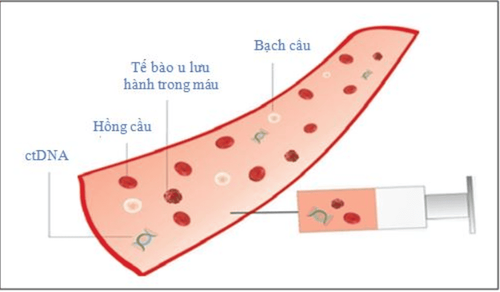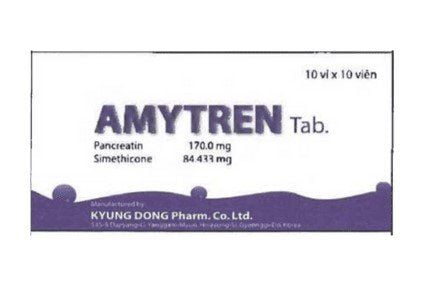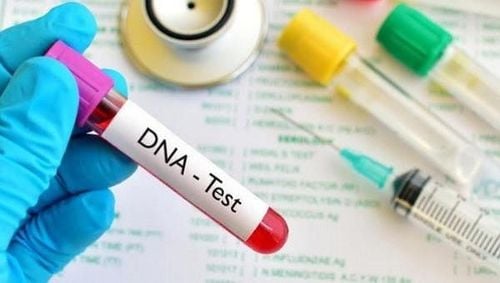This is an automatically translated article.
The article was consulted with Dr. Vo Thi Thuy Trang, Department of Medical Examination & Internal Medicine - Vinmec Danang International General Hospital.Enzymes play a huge role in the daily functioning of the human body. By binding and changing compounds, they help maintain proper functioning of the digestive system, nervous system, muscles and other organs.
1. What is an enzyme?
Enzymes are made up of protein molecules, which have the effect of speeding up chemical reactions in the body. They bind and change the structure of molecules to serve many different activities such as respiration, digestion, muscle and nerve function, of which are typical:Digestive system: Enzymes help the body break down complex molecules into simpler molecules like glucose, to use as energy. DNA replication: Every cell in the body contains DNA. Each time a cell divides, the DNA needs to be copied. Enzymes help in this process by uncoiling the DNA and copying the information. Liver enzymes: The liver breaks down toxins in the body. To do this, it needs the support of many different enzymes.
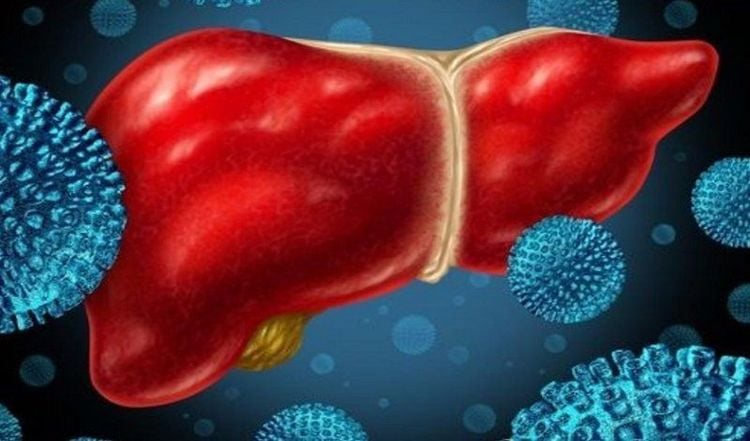
2. How do enzymes work?
Enzymes interact with molecules in a "lock and key" pattern. This model was first introduced in 1894 and updated as the induction joint model.Initially, according to the “key and key” model, an enzyme could only bind to a suitable substrate, “lock” and “key” respectively.
However, according to the induced joint model, the enzyme in contact with the substrate can change to match the substrate. That is, an enzyme can bind to many different types of substrates. Once the substrate is completely locked and in place, catalysis begins.
Trắc nghiệm: Làm thế nào để bảo vệ lá gan khỏe mạnh?
Làm test trắc nghiệm kiểm tra hiểu biết về gan có thể giúp bạn nhận thức rõ vai trò quan trọng của gan, từ đó có các biện pháp bảo vệ gan để phòng ngừa bệnh tật.3. Favorable conditions for enzyme activity
Enzymes can only work under certain conditions. Most enzymes in the body work best at about 37°C. At lower temperatures they still work but much slower. Similarly, enzymes can only function within a certain pH range depending on their location in the body. For example, enzymes in the gut work best at a pH of 7.5, while enzymes in the stomach work best at a pH of 2 because the stomach is much more acidic.If the temperature is too high / the medium is too acidic / the medium is too alkaline, the enzyme will change shape making it difficult to bind to the substrate.
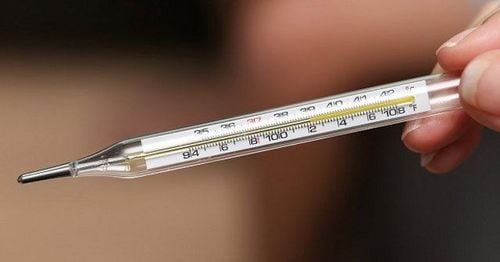
4. Cofactor (cofactor)
Some enzymes cannot bind to the substrate until the cofactor is attached. Therefore, the cofactor acts as a bridge connecting the enzyme and the substrate. For example, carbonic anhydrase, an enzyme that helps maintain the body's pH, cannot bind to a substrate unless it is attached to a zinc ion.5. Enzyme Inhibitors
To ensure that the body's systems work correctly, enzyme activity can sometimes be inhibited in a number of ways:Competitive inhibitors: Prevents substrate from binding to an enzyme by means of jealousy. races with the substrate to bind to the enzyme. Non-competitive inhibitors: Binds to the enzyme but not the active site to reduce enzyme performance. Uncompetitive inhibitors: Binds to enzymes and substrates after they have bound together to slow down the reaction, prolonging product formation. Irreversible inhibitors: Bind and permanently inactivate the enzyme.
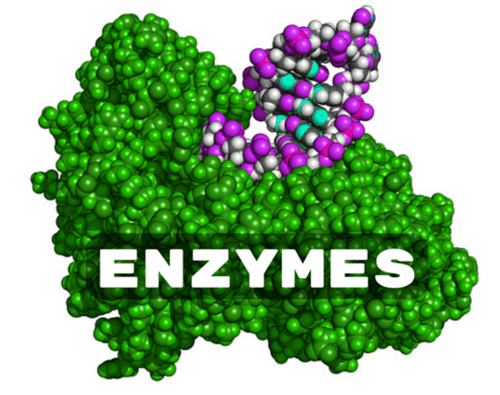
6. Some enzymes in the human body
There are thousands of enzymes in the human body, the enzymes below are just a few examples:Lipase : Helps digest fats in the intestines. Amylase: Helps convert starch into sugar. Maltase: Helps convert maltose sugar into glucose. Maltose is found in foods like potatoes, pasta, and beer. Trypsin: Helps convert proteins into amino acids. Trypsin is secreted in the small intestine. Lactase: Also found in the small intestine, helps convert lactose into glucose and galactose. Acetylcholinesterase: Helps break down the neurotransmitter acetylcholine in nerves and muscles. Helicase: Enzyme that untwists DNA. DNA polymerase: Synthesizes DNA from deoxyribonucleotides. Enzymes play a huge role in the daily functioning of the human body. By binding and changing compounds, enzymes maintain good functioning in the digestive system, nervous system, muscles and other organs.
Please dial HOTLINE for more information or register for an appointment HERE. Download MyVinmec app to make appointments faster and to manage your bookings easily.
Reference sources: medicalnewstoday.com, livescience.com





